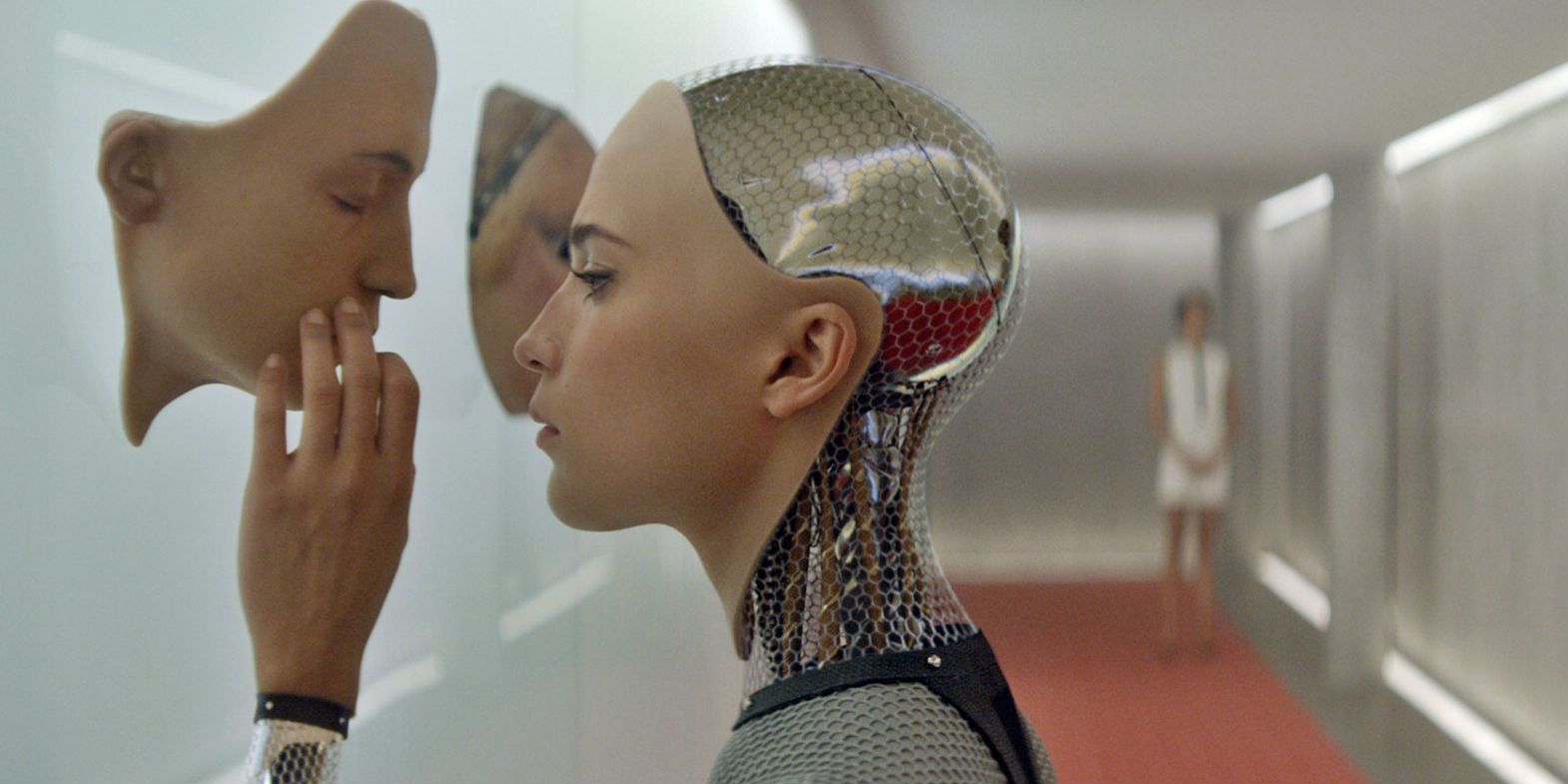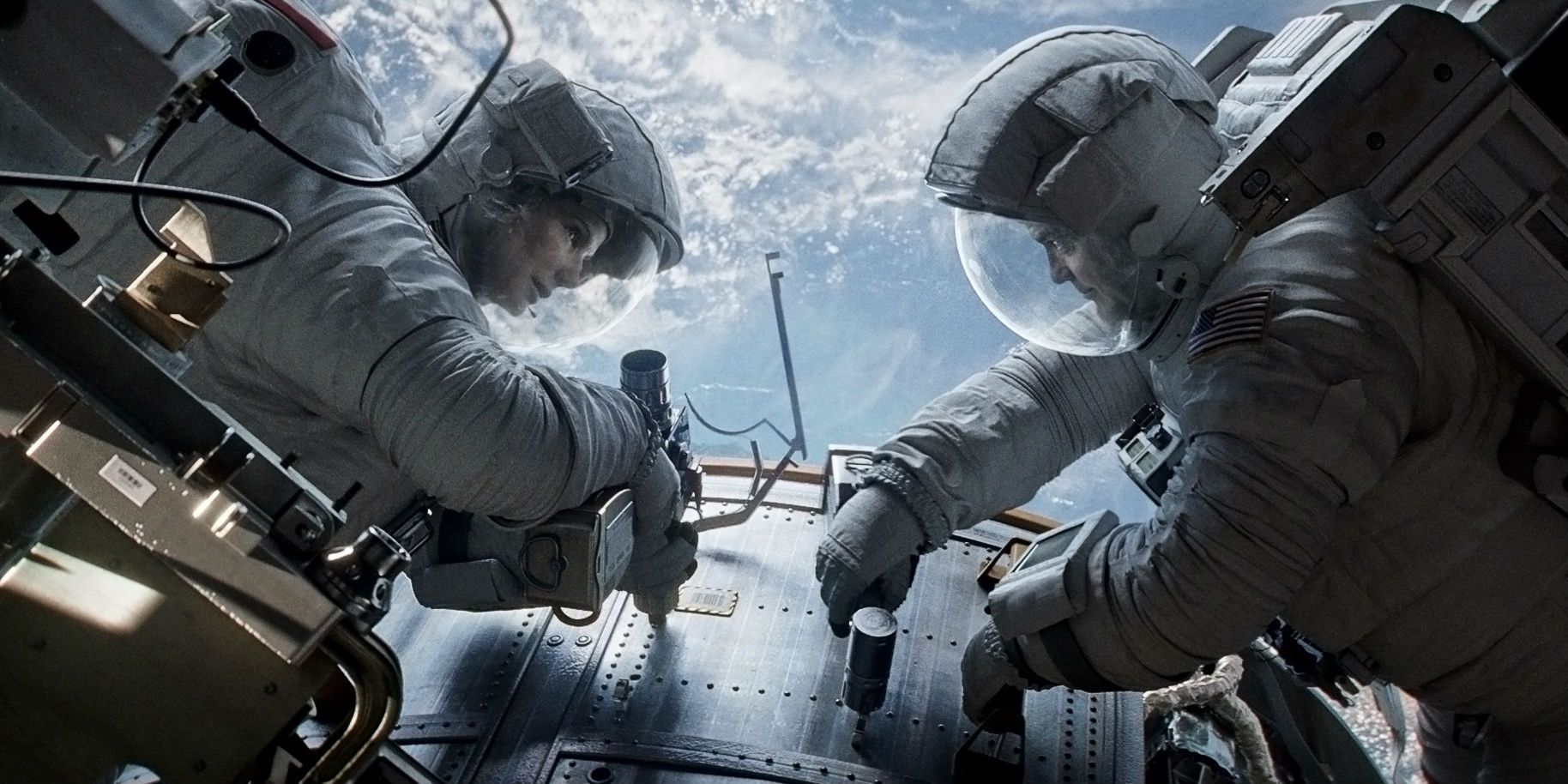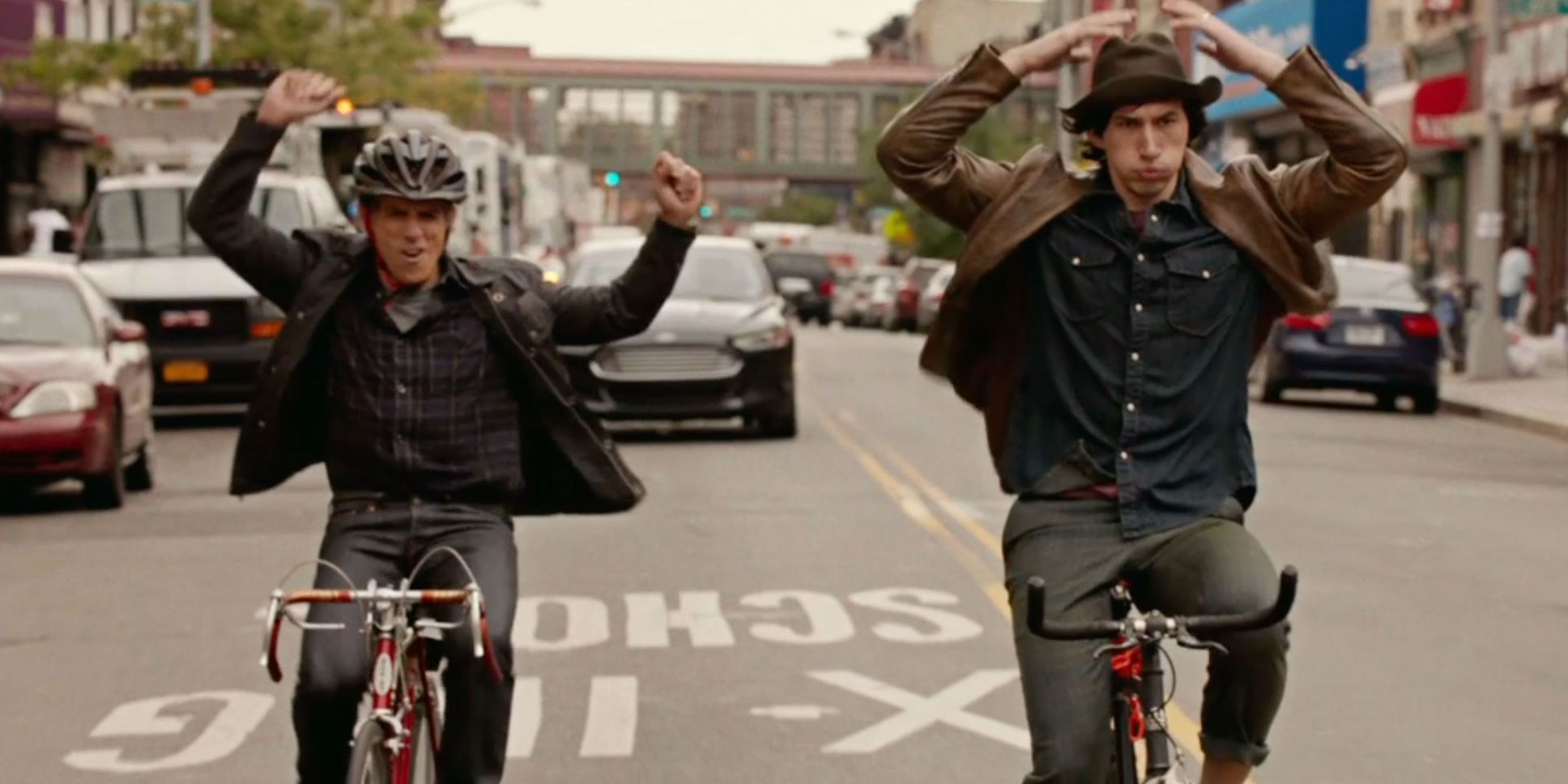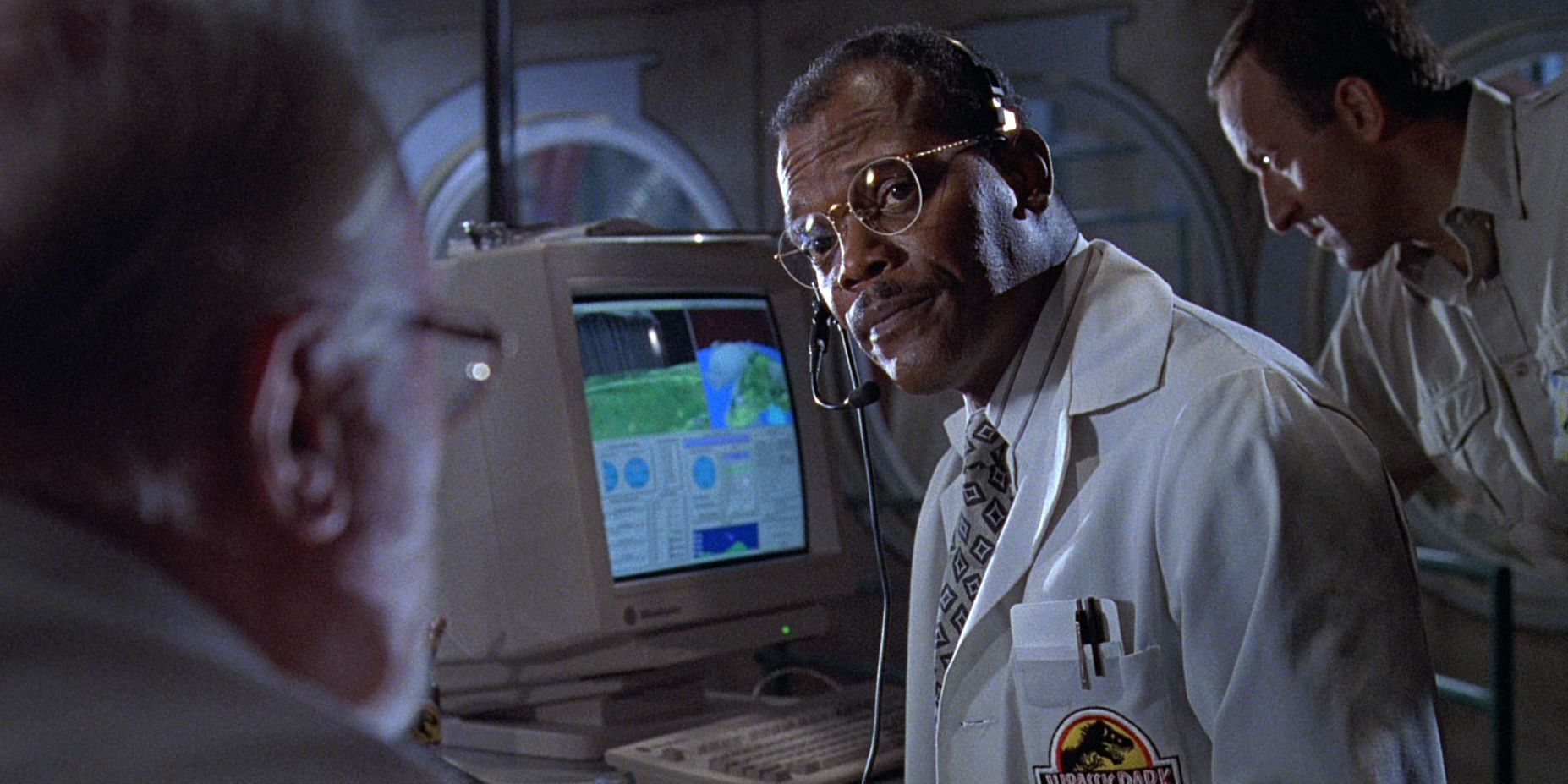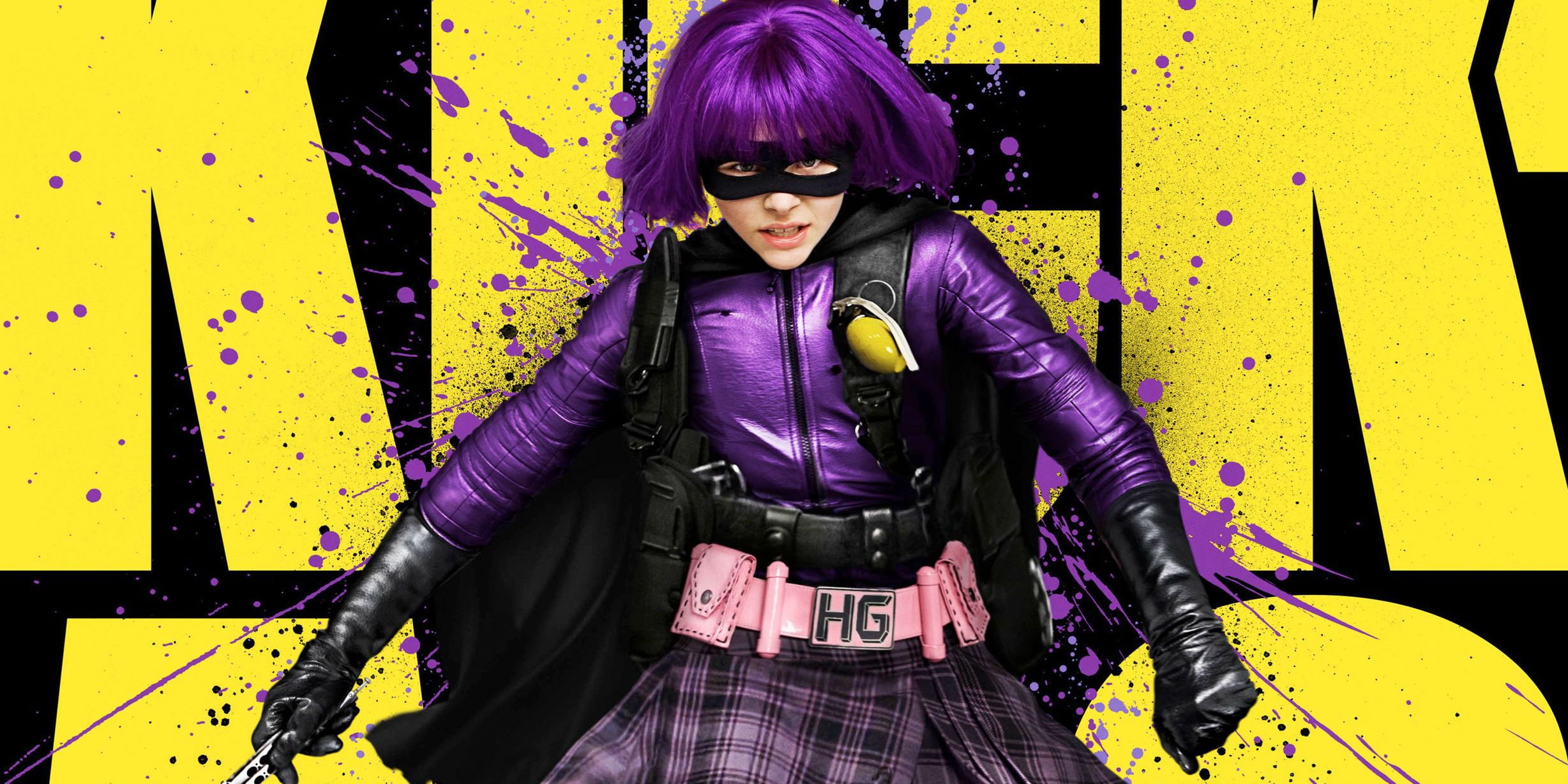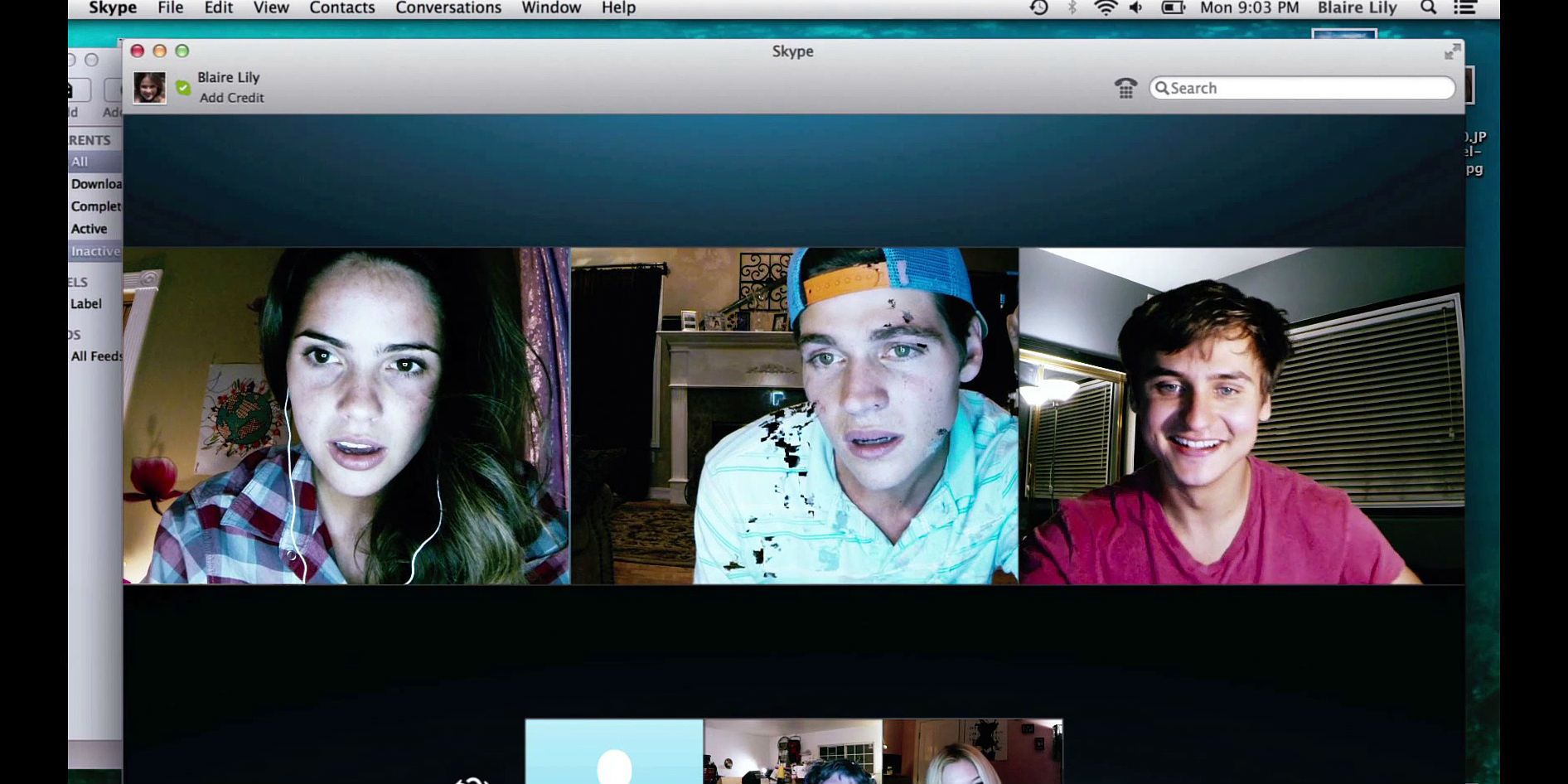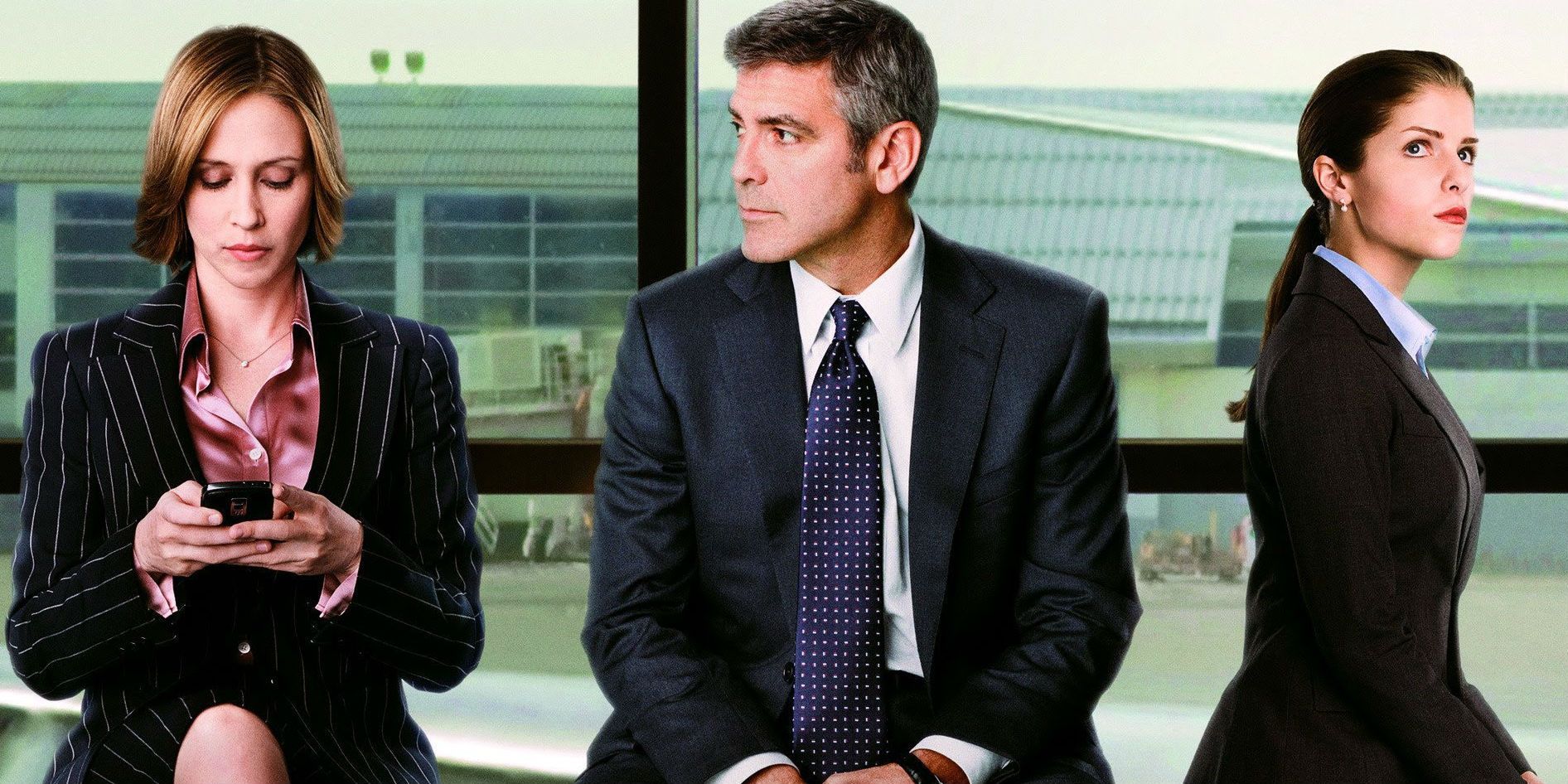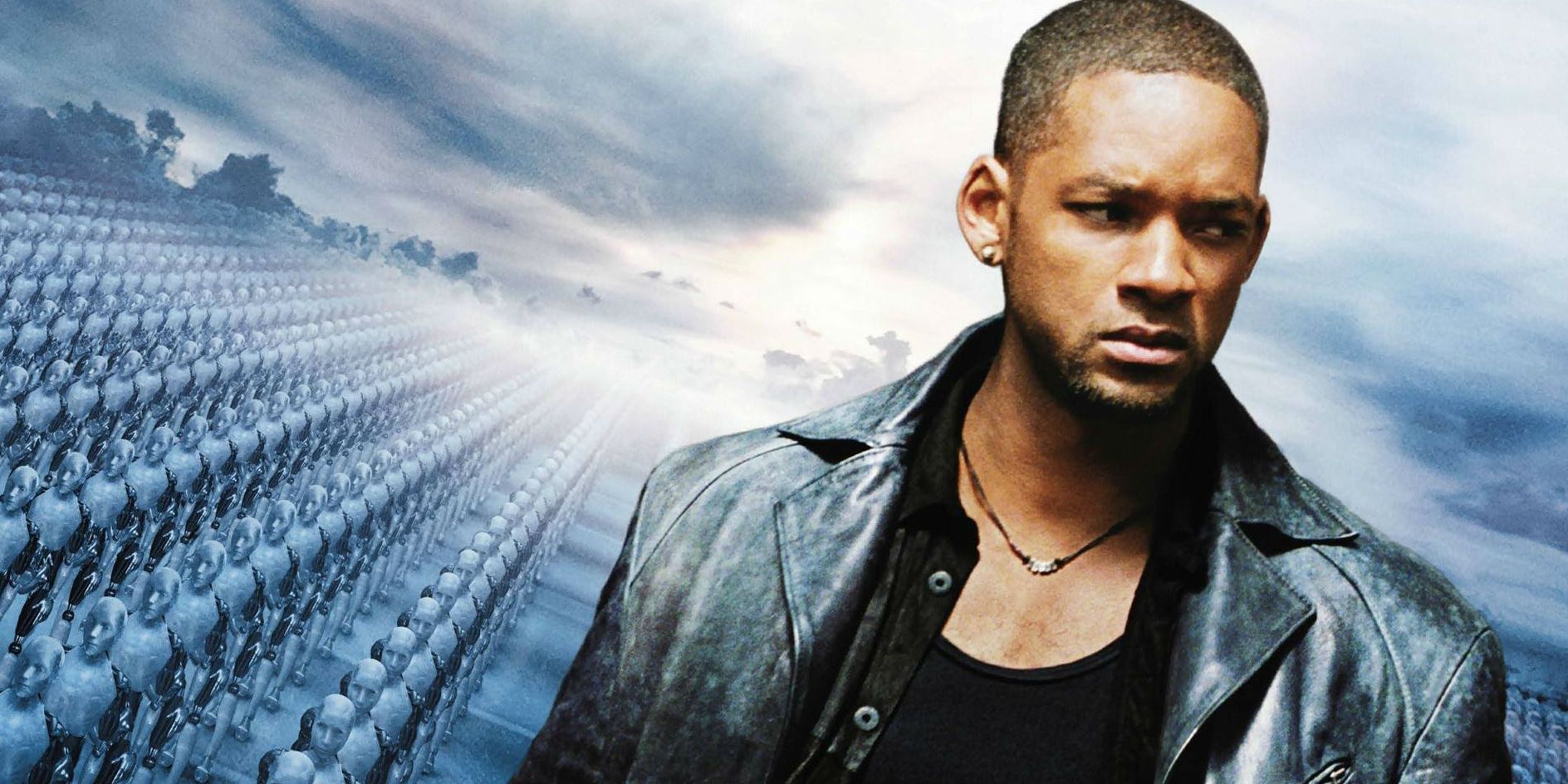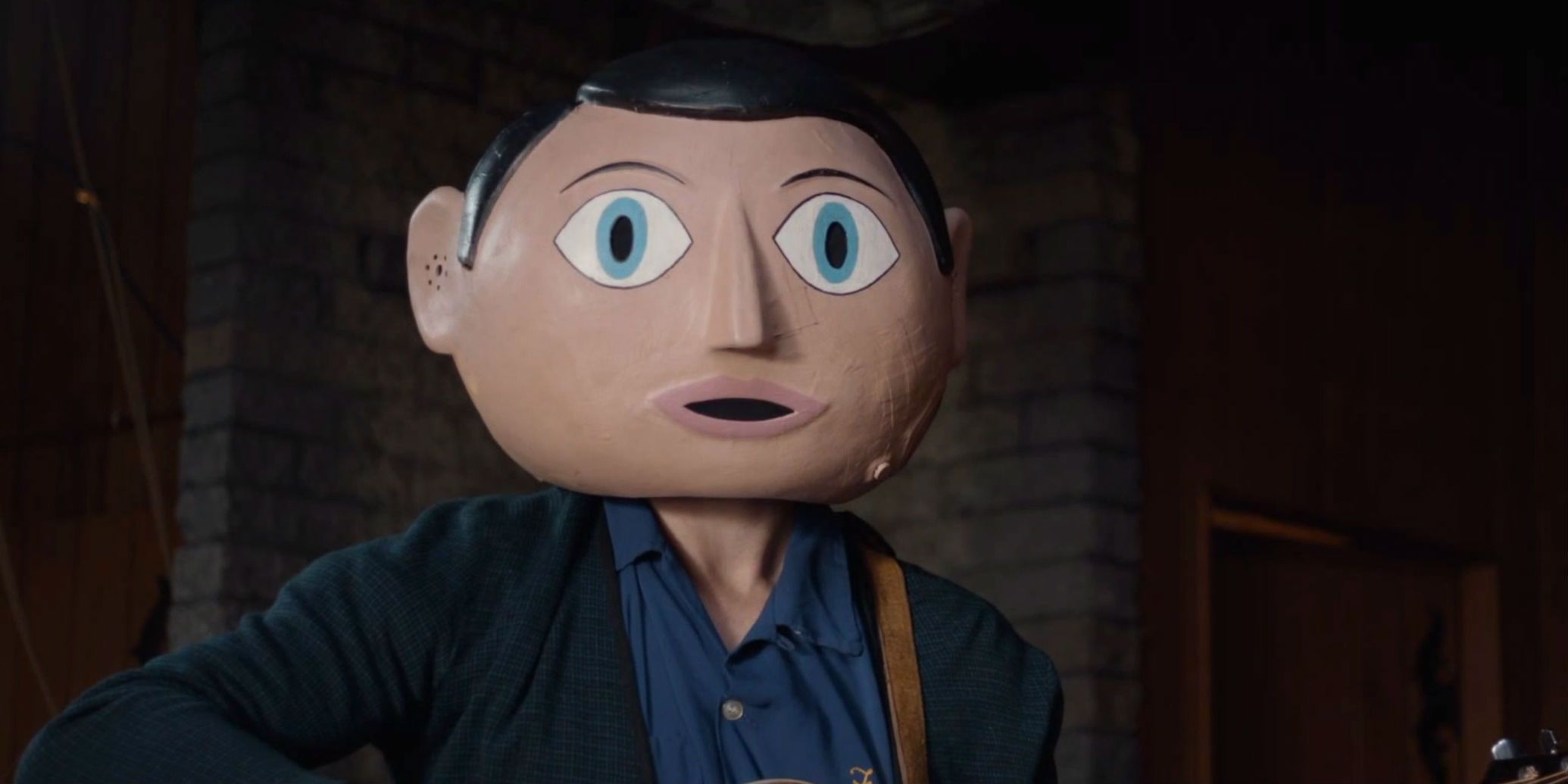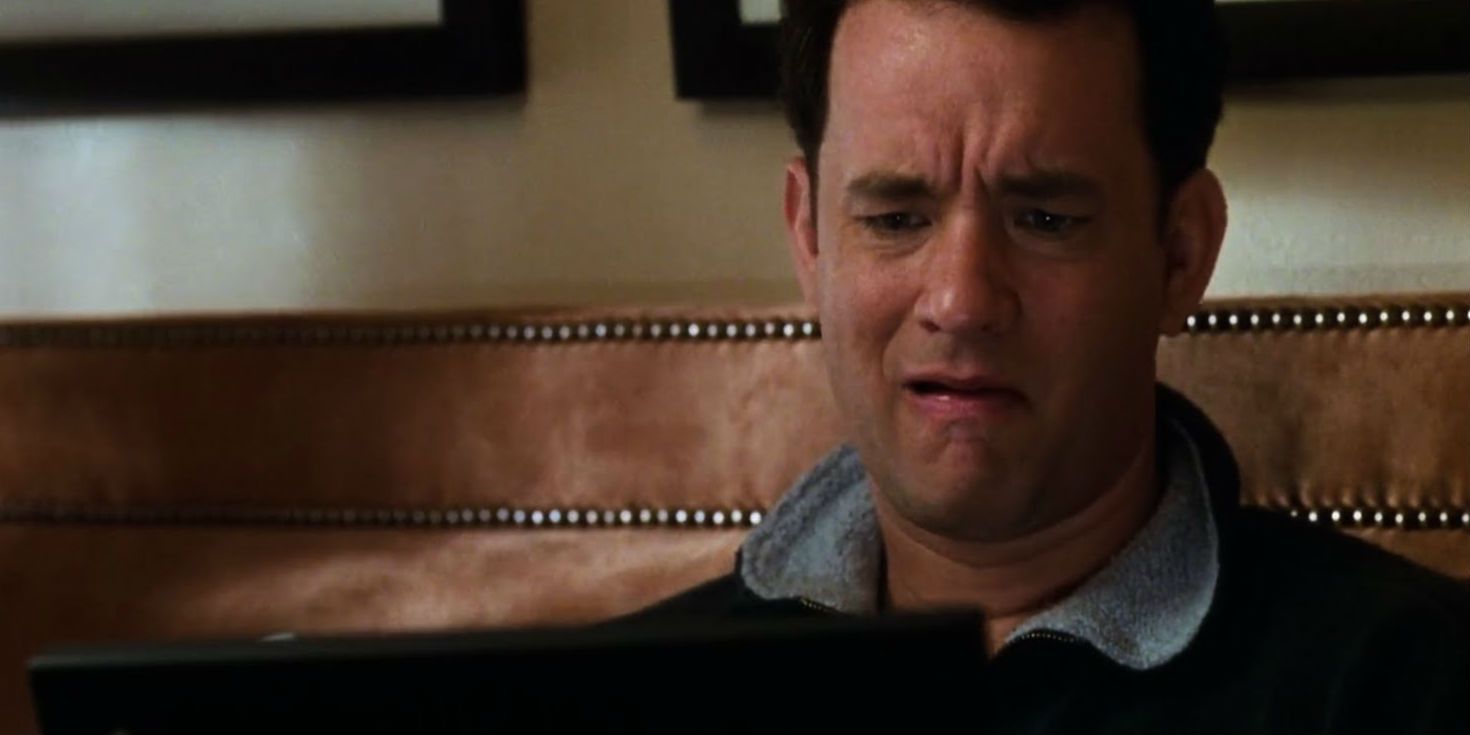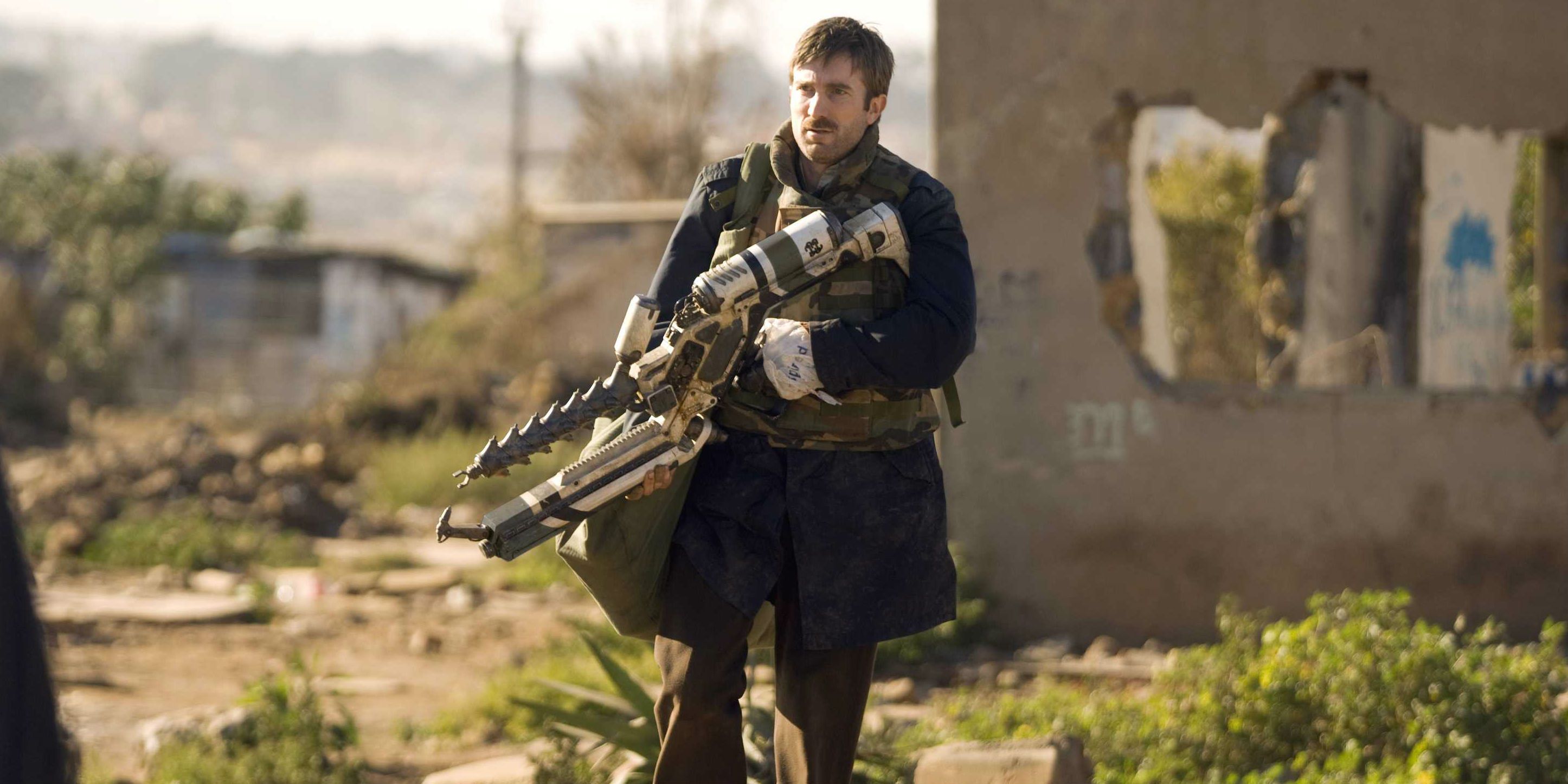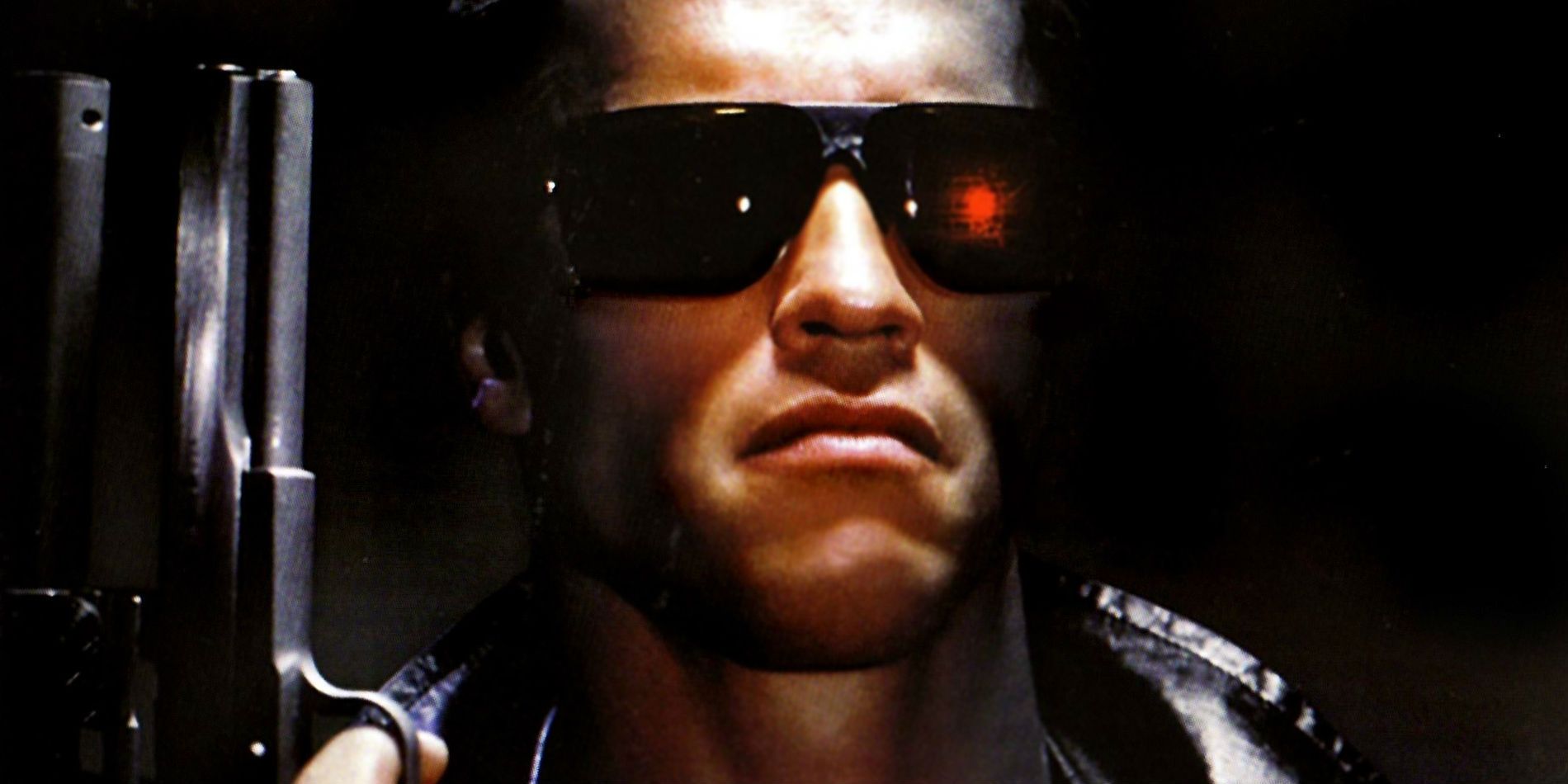Technology can be difficult to authentically portray on screen. Specifically, examples of computer technology and social media in movies often feel cheesy and contrived. Think about how many times in films we’ve seen a supposedly novice computer geek hack into a complicated computer system, or seen a character luckily guess the exact right password to enter a locked security system. Not to mention how characters are always miraculously able to freeze, enlarge, and enhance images from even basic security footage.
There are a few reasons why computer technology often seems inherently unrealistic in movies. For one, technology changes so rapidly that often within a few short years, cell phones and computers in movies will seem hilariously outdated. Another reason for the inherent cheesiness is that, in real life, technology is often complicated and frustrating. No one wants to see Ethan Hunt get held up by Norton AntiVirus.
Fortunately, not all examples of onscreen tech have proved ridiculous. For every WarGames or Hackers, we get a handful of authentic, believable examples of technology in films. We’ve rounded up 12 of our favorites. From dinosaur cloning to Twitter etiquette, these films made us believe that sometimes movies can feel just as genuine as the real thing.
Here are 12 Movies That Actually Get Technology Right.
12. Ex Machina
In last year’s wonderful sci-fi thriller Ex Machina, Domhnall Gleeson stars as a Caleb, a young computer program who, through a contest, is permitted to engage in a Turing Test administered by the CEO of his company, played (brilliantly) by Oscar Isaac. Isolated in a remote compound, Caleb must interact with Ava, a robot played by Alicia Vikander, and determine if she could pass as a real woman.
Writer and director Danny Garland treats the technology at play in the film with a near reverence. He’s a filmmaker who really seems to respect the art of programming, and it really feels like he tried to bring it to the screen in as authentic a way as possible. The dialogue dives into the thought process behind Isaac’s CEO character, and the technology that would be needed to bring something like Ava to life. It really feels like this is where Google or Apple could be in twenty years. What could have been an outlandish sci-fi romp winds up feeling like a grounded, intimate character drama, and that’s due to Garland consistently respecting the technology he’s writing about.
11. While We're Young
If you missed Noah Baumbach’s terrific comedy, While We’re Young, you’re missing one of the great comedies of the past decade. No movie in recent memory has more accurately nailed the ways in which young and old people differ in their approach to technology. In the film, Josh (Ben Stiller) and his wife, Cornelia (Naomi Watts) befriend a young documentarian named Jamie (Adam Driver), and his equally hipster wife, Darby (Amanda Seyfried).
The film is a pitch perfect examination of how computers and social media affect us in the new millennium, and how two different generations have learned to tackle these effects. In a brilliant montage, the film cuts back and forth between the older couple and the younger couple engaging in similar acts, but with different tactics. Josh and Cornelia stream a movie on Netflix while the millennials pop in a VHS. Jamie plays basketball in the park while Josh runs on a treadmill in the gym. The old listen to iPhones, the young listen to vinyls.
The movie not only presents technology in an accurate and believable way, but actually makes some very profound observations about it. When one character pulls out their phone at a restaurant, everyone at the table gets theirs out as well. It used to be rude, one character argues, but now it’s accepted, like showing your ankle in the 1800s. That’s a sharp, incisive take on the state of modern social media etiquette.
10. Jurassic Park
Typically in movies, groundbreaking technology is treated just like that: groundbreaking. Scientists must race to get the breakthrough to the public, awards are received, the world is saved. But is that really how all major technological achievements are put to use? Jurassic Park makes the bold claim that a life-changing new technology could be invented, and everyone’s immediate reaction would be to package it and make money off of it as quickly as possible. That’s more in line with the technology we see in our day to day lives.
The conceit behind Michael Crichton’s novel and Steven Spielberg’s film is a fascinating one. Humans achieve the ability to recreate life, and their immediate instinct is not to put it towards cancer research or stopping world hunger. They, as Dr. Malcolm points out, slap it on some lunch boxes and “sell it, sell it, sell it”. This may be a cynical take on technology, but it certainly feels more authentic to the world we live in.
Last summer’s Jurassic World takes this one step further by implying that not only would humanity want to sell this miracle breakthrough to tourists, but that tourists would actually get bored with it in a few years. Kudos to the Jurassic Park series for taking a realist approach to science fiction.
9. Kick-Ass
How many recent teen movies have featured characters making videos that “go viral” on YouTube? And out of those, how many of those videos actually seem like something that might go viral in the real world? Hate to break it to you, Jem and the Holograms, but a YouTube video can’t get millions of views overnight just because the screenwriter needs it to.
One video that almost certainly would get millions of views overnight would be a “real life superhero” getting his ass kicked again and again. Matthew Vaughn’s Kick-Ass understood that the Internet can be a nasty place. We love videos of pop stars singing unintentionally terrible songs about their favorite day of the week, we love videos of twerking gone wrong, and we would almost certainly love to see a nerd in green spandex swing some nunchucks at attacking thugs.
Kick-Ass is far from a perfect movie, but one element that it absolutely nails is YouTube culture. Matthew Vaughn took an unflinching look at the internet and brilliantly assessed the type of video that would thrive there.
8. Unfriended
Unfriended should not have been a good movie. An entire film that takes place on a teenager’s desktop? All of the dialogue is presented in the form of Skype conversations and Instant Messages? Not to mention, it’s supposed to be a horror film? On paper, this sounds like an absolute trainwreck. Instant messaging is extremely difficult to authentically convey on screen (just look at any recent comedy that uses the word “hashtag” as a punchline) and teenagers are a group that movies get wrong a lot more often that they get right.
But against all odds, Unfriended was released and turned out to actually be pretty decent. Much of this is owed to the movie’s handling of social media. The teenagers in this film actually talk like teenagers, and more importantly, they actually text like teenagers. Great measures were taken to accurately reproduce the look and feel of Skype conversations and messenger boxes. All of this attention to detail comes together in a fun, surprisingly authentic little horror film.
7. Up in the Air
A lot of movies have been made about cell phones, and the effect that these devices may be having on our culture as a whole. Are we losing touch with each other? Are we less close to our friends and family now that we all have a world of information at the end of our fingers at any given moment? Most of these films wind up being cloying or overly preachy. One film that takes an honest, sobering look at the isolating effects of technology is Jason Reitman’s Up in the Air.
George Clooney stars as Ryan Bingham, a man who flits around the country on airplanes, interacting with only his phone, and never making connections with anyone or anything. What starts out as a dark comedy smoothly transitions into an honest, moving portrait of loneliness in the age of smartphones. Not many films are able to capture the nuance and texture of isolation through the lens of social media. Even Reitman’s later film, Men, Women and Children, tackled similar themes unsuccessfully. But Up in the Air works remarkably well, owing to the great performances and the touching script.
6. I, Robot
Look at your phone right now. How many updates do you have waiting in the app store? As a culture, we’ve been trained to always expect the latest and greatest. No product is ever really finished. It’s just there to tide us over until the newer model comes in. I, Robot, though not a perfect film, understood this basic human impulse.
The film, based on a series of stories by Isaac Asimov, follows Del Spooner (Will Smith) as he navigates the world of 2035, a world full of robot servants who have been rolled out by a megacorporation to improve human life. In the film, everyone but Del eagerly awaits each new upgrade of the robots, sure that this new model will bring more joy and pleasure to their lives. Unfortunately, the newest model of robots brings chaos and destruction, and it’s up to Will to save the day.
Credit must go to Isaac Asimov, who predicted a bevy of trends in his science fiction novels. With I, Robot, he really captured the “now, now, now, update, update, update” mentality of consumers, and he delivered a harrowing tale of caution in response. 2035 is less than 20 years away at this point, and though it will no doubt look different than I, Robot’s vision, the mentality will certainly be the same.
5. Frank
One aspect of social media that movies tend to shy away from is the inherent obnoxiousness of it all. Between Twitter, Facebook and Instagram, any thought that anyone has can instantly be shared with millions. There’s bound to be some annoying thoughts on there.
Frank, starring Domnhall Gleeson and Michael Fassbender, plays into this idea with hilarious results. Gleeson stars as a young man who desperately wants to be a respected musician. Things start to take off for him when he meets Frank (Fassbender), an enigmatic, troubled musician who never takes off his oversized, plastic head. The movie seems to really understand Twitter culture. In an early scene, we see Gleeson’s character tap a few unimpressive notes into his keyboard, then immediately take to Twitter to brag about his songwriting accomplishments of the day.
Frank is able to mine a lot of humor out of the inner thoughts of its self-centered protagonist, presented through his tweets. Social media has improved our lives in lots of ways, but it can also give unlikable characters an outlet for their most obnoxious tendencies.
4. You've Got Mail
The technology in You’ve Got Mail is now pretty outdated, but the heart at the center of the film is still completely relatable for anyone texting a new partner, or sending a Facebook message to a prospective crush.
The film, which is a staple in the world of romantic comedies, centers on two online pen pals played by Tom Hanks and Meg Ryan. Though in real life they drive each other crazy, they’re very much in love with each other’s online presences. Nora Ephron directed this comedy, which still has the ability to generate sympathy almost twenty years after it was released. There’s something intensely relatable about seeing two people struggle to type out how they feel about each other. Seeing Tom Hanks slowly delete every letter of a heartfelt message reminds us all about the awkward Facebook message we shouldn’t have sent, or the tentative texting of a new romance. You’ve Got Mail examined online dating before Tinder or OkCupid, and it found the beating heart at the center of it.
3. Gravity
Space travel films tend to fall into two categories: outlandish, adventurous space operas like Star Wars and Dune, or nitty gritty, realistic procedurals, like The Martian and Gravity. The latter want to be respected and treated realistically. And while a lot of the science behind Gravity isn’t exactly accurate, it absolutely succeeds in creating an immersive world that feels real. The technology that Sandra Bullock and George Clooney use in the film never feels like fantastical or magical. These are workers who are doing their job as best as they can.
The extended take that begins the film fully immerses us in the world of these two astronauts, and really makes it feel authentic and real. Sandra Bullock isn’t swiping and hand-waving weightless apps, she’s using a screwdriver and power tools. This is space age technology that is tangible. The realism makes it all the more gripping when things go out of control.
2. District 9
So many science fiction films forget that shiny, new technology doesn’t stay shiny and new for very long. This is why the grimy, ugly world of District 9 feels so authentic and believable. Though the characters are using outrageous, Flash Gordon-style equipment, it’s covered in rust and soot. The characters take it for granted that they are wielding laser guns. In real life, we don’t stare in awe at our iPhones, keeping them in pristine condition. We drop them. Their screens get cracked. The camera stops working.
District 9 takes amazing, awe-inspiring technology and submerges it in a deep coat of grit. The movie features some of the most authentic world-building of any sci-fi film from recent memory, from the robotic arm of the protagonist to the atomic bazooka near the end of the film. The technology on display all feels completely authentic, because it’s treated that way by the characters.
1. The Terminator
It is a true sign of authenticity that a film about space age technology made in 1984 can still hold up in the year 2016. The Terminator is still regarded as a sci-fi classic, and the technology on display in the film (and its sequels) is still recognized as some of the most realistic and believable effects in sci-fi history.
Much of the success of the first film lies in its simplicity. The movie is really more of a slasher flick than a grand sci-fi spectacle. The more epic set pieces take a backseat to the character development of Sarah Connor and Kyle Reese. Granted, the special effects that bring the metallic terminator to life near the end of the film are a little dated, but the stop motion effects give the robot a jerky quality that lends him a real weight. Skynet has become one of the most recognized names in cinematic corporate history, and that’s because it has always felt like it could be a real thing. Skynet is the most believable and scary type of villain; the villain that doesn’t know it’s evil until it’s too late.
-
Did we leave out any notable examples of authentic technology in film? Let us know in the comments below!

